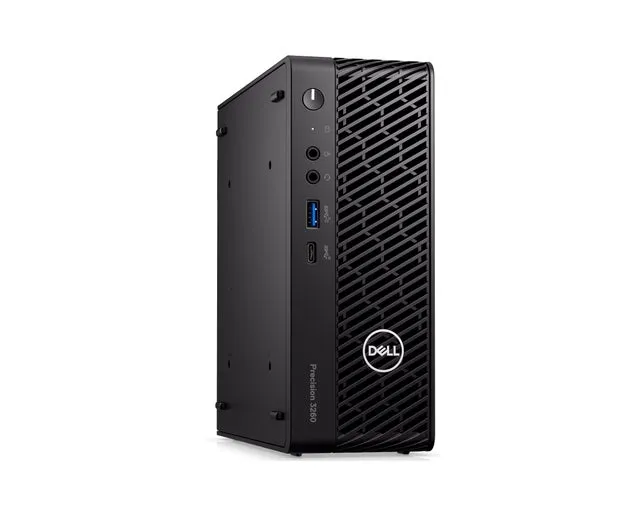What is Precision Diecast
Precision diecast models are highly detailed, miniature replicas of real-world vehicles, typically cars, trucks, and airplanes. These models are prized by collectors and enthusiasts for their accuracy, craftsmanship, and the joy of owning a tangible piece of automotive or aviation history. Unlike mass-produced toys, precision diecast models are designed with meticulous attention to detail, often featuring opening doors, detailed interiors, realistic paint jobs, and accurate markings. The materials used in their construction, typically a combination of die-cast metal and high-quality plastic parts, contribute to their weight, durability, and overall aesthetic appeal. The level of detail found in these models can range from basic representations to museum-quality replicas, catering to a wide spectrum of collectors, from casual hobbyists to serious investors. Investing in a precision diecast model can be a rewarding experience, offering both aesthetic pleasure and the potential for long-term value appreciation.
Understanding the Different Scales
One of the first things you’ll encounter when entering the world of precision diecast is the concept of scale. Scale refers to the ratio between the size of the model and the size of the real-life vehicle. Different scales cater to various preferences and display options. Understanding these scales is crucial for making informed purchasing decisions and ensuring your collection fits your display space and aesthetic preferences. Common scales offer diverse options for collectors, ranging from smaller, more affordable models to larger, highly detailed replicas, allowing enthusiasts to curate collections that meet their specific collecting goals and spatial limitations. The scale influences not only the size of the model but also the level of detail that can be incorporated, affecting the model’s price and overall collectibility.
Common Diecast Scales
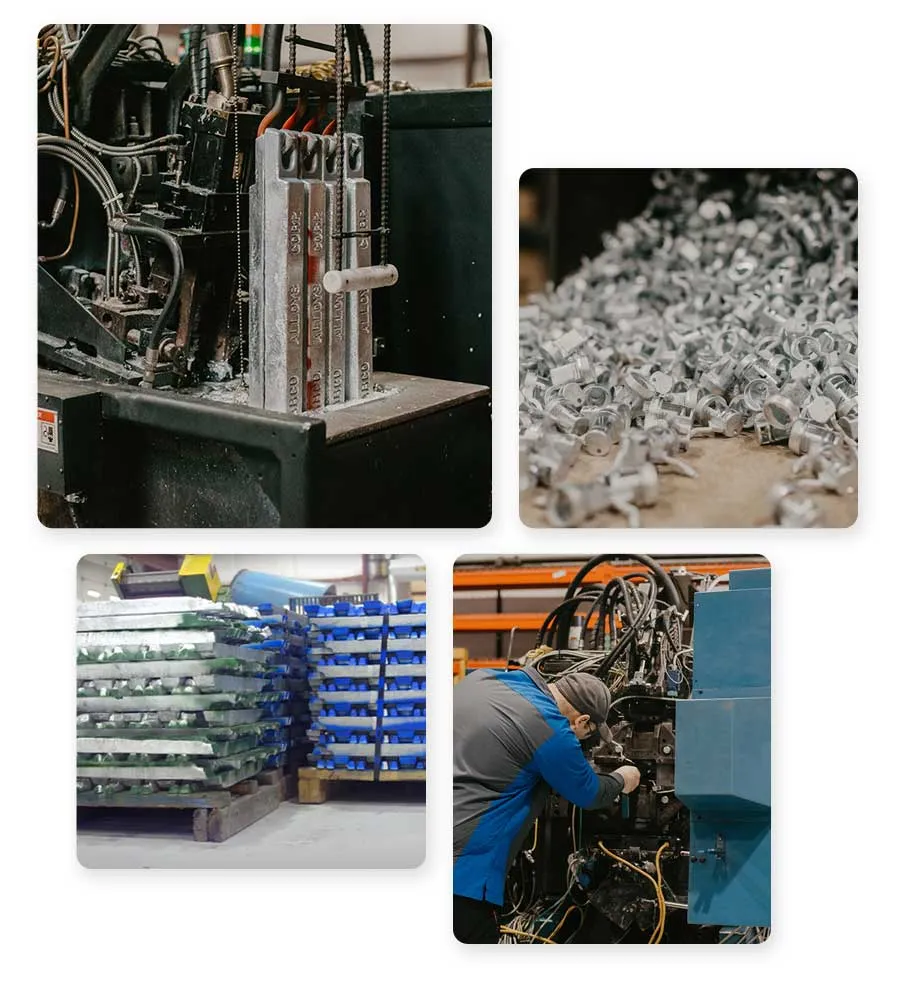
Several scales are popular within the precision diecast community, each offering unique characteristics and appeal. The most common include 1:18, 1:24, 1:43, and 1:64. 1:18 scale models are large and highly detailed, often featuring numerous opening parts and intricate interiors. 1:24 scale models are slightly smaller but still offer excellent detail and are often more affordable. 1:43 scale is a popular choice for collectors due to its balance of detail, size, and cost, making it suitable for various display arrangements. 1:64 scale, often referred to as ‘matchbox’ size, is ideal for those with limited space or who prefer a more affordable option. This scale is also easily portable and offers many options. The choice of scale often depends on personal preference, available display space, and budget. Furthermore, collectors may choose to specialize in a particular scale or combine several for a diverse collection.
Factors to Consider When Buying
Choosing a precision diecast model involves several factors to ensure you acquire a model that meets your expectations and collecting goals. Beyond the scale, other considerations include authenticity, detailing, material quality, and price. Taking the time to evaluate these elements can significantly impact your satisfaction with the purchase and the long-term value of your collection. Always consider whether the model truly appeals to your aesthetic tastes and collecting objectives. Prioritizing these aspects allows you to make informed decisions, leading to a more enjoyable and rewarding collecting experience. Always research the model and the manufacturer before making a purchase.
Authenticity and Detailing
Authenticity is paramount in precision diecast models. Look for models that accurately replicate the real-life vehicle’s features, including the body shape, paint colors, markings, and interior details. High-quality models will have accurate proportions, realistic panel lines, and finely detailed features such as emblems, grilles, and lights. The level of detailing often correlates with the price, with more expensive models featuring more intricate details. Researching the specific vehicle and comparing the model to photographs of the real car can help you assess its authenticity. Pay close attention to the small details, as they significantly impact the overall realism and appeal of the model. The accuracy of a model is vital to ensuring your investment aligns with your aesthetic and collecting goals. An authentic model will increase in value over time.
Material and Build Quality
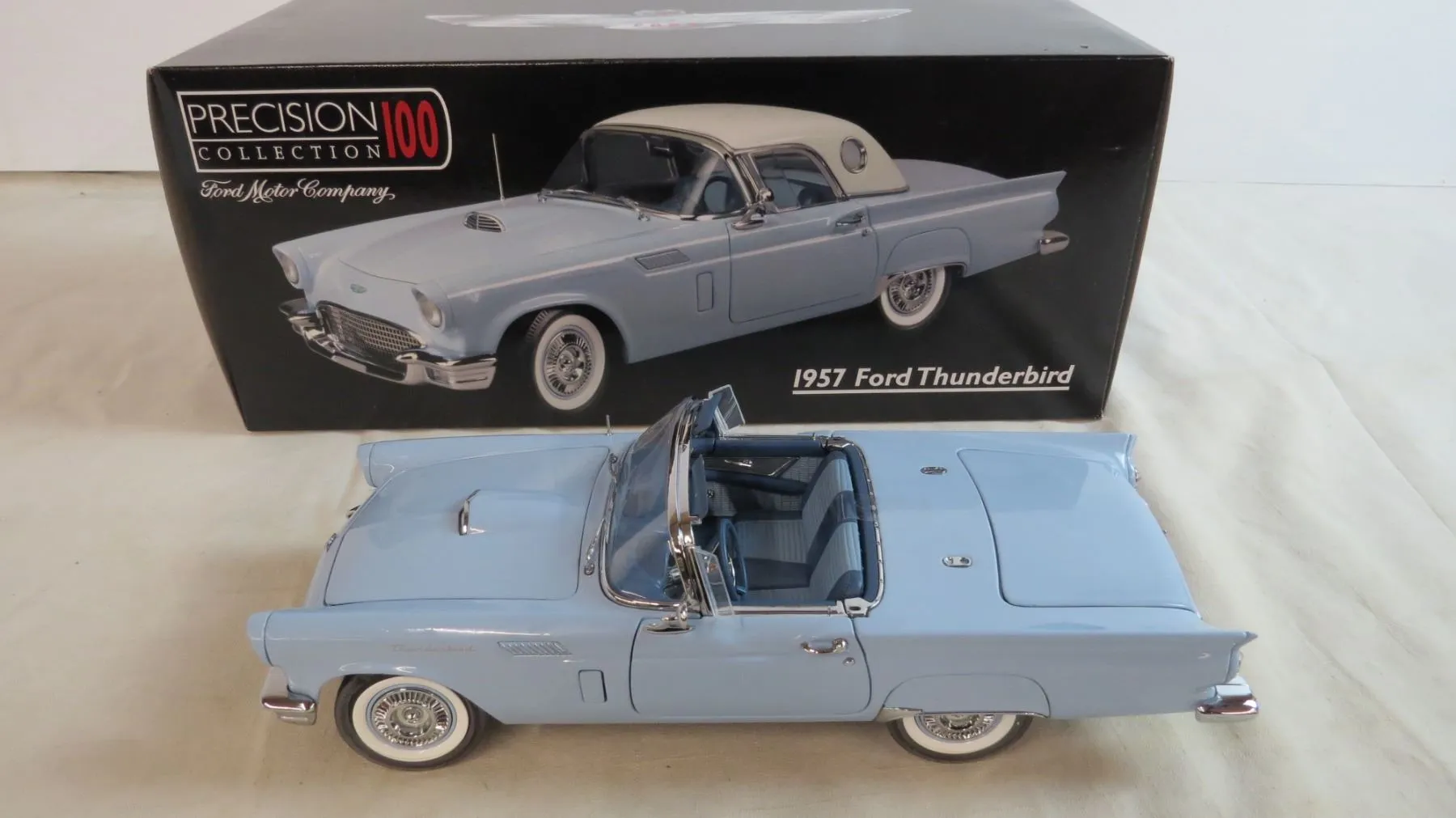
The materials used in construction greatly influence the durability and appearance of the diecast model. High-quality models are typically made from die-cast metal, providing weight and a premium feel. Plastic parts are also used for interior details, wheels, and other components. Check for models with a smooth, even paint finish without imperfections, such as runs or bubbles. Inspect the moving parts, such as doors and hoods, to ensure they open and close smoothly and fit properly. The overall build quality will directly impact the model’s longevity and its ability to withstand handling and display. Models constructed with superior materials and craftsmanship tend to hold their value better over time. Ensure that materials used are safe and do not contain any harmful chemicals.
Price and Value
Precision diecast models range widely in price, depending on the scale, brand, level of detail, and rarity. Set a budget before you start shopping and stick to it. Compare prices from different retailers and online platforms to find the best deals. Consider the model’s potential for appreciation in value. Limited-edition models, rare vehicles, or models from reputable brands are more likely to increase in value over time. Research the market value of similar models to gauge the fairness of the price. Be wary of models priced significantly lower than the average, as they may be of lower quality or potentially counterfeit. Always consider that the purchase price is only part of the value; the sentimental value can be just as significant. Consider both the purchase price and the long-term investment potential.
Top 7 Tips for Buying
To maximize your collecting experience and avoid potential pitfalls, follow these essential tips when buying precision diecast models. These recommendations will help you make informed decisions, ensuring your purchases meet your standards and investment goals. Following these tips will enhance the enjoyment and value of your collection.
Research and Brand Reputation
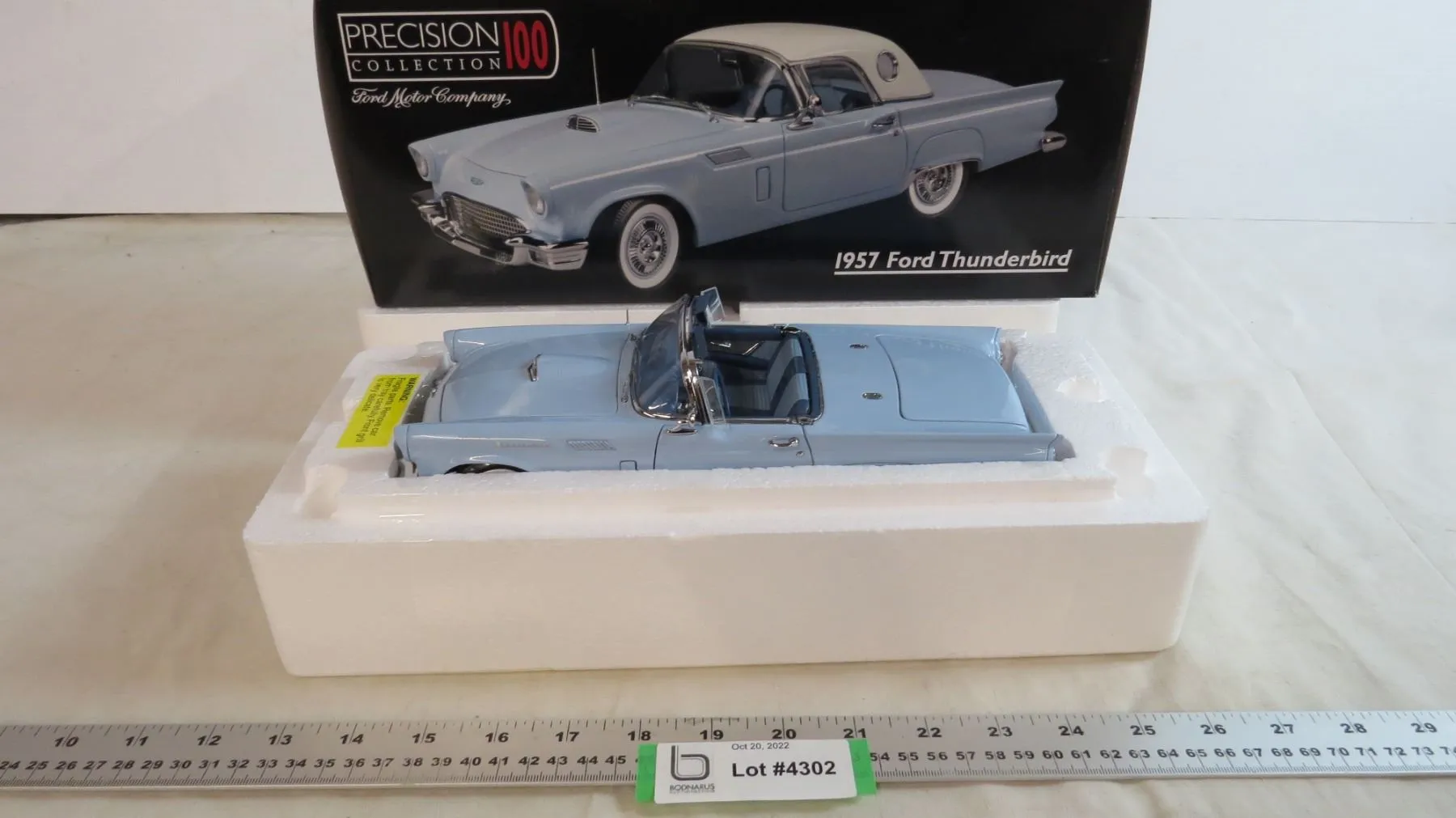
Before making a purchase, research the manufacturer and the specific model you are interested in. Reputable brands, such as Autoart, Minichamps, and CMC, are known for their high-quality models and attention to detail. Read reviews and check online forums to get insights into the brand’s reputation and the model’s quality. Consider the brand’s track record for accuracy, detailing, and build quality. Some brands specialize in specific types of vehicles or scales, so choose brands known for their expertise in the area that interests you most. Research the brand’s history and the models they have produced to understand their strengths and weaknesses. Familiarizing yourself with the brand’s reputation can protect you from disappointment.
Inspect for Flaws
Carefully inspect the model for any flaws or imperfections before purchasing it. Check for paint defects, such as runs, bubbles, or scratches. Examine the panel lines and gaps to ensure they are consistent and well-defined. Make sure all moving parts, like doors and hoods, open and close smoothly and fit properly. Look for any missing or damaged parts. If buying online, review the seller’s return policy and ask for detailed photos of the model. Don’t hesitate to ask the seller any questions you may have regarding the model’s condition. Examine the box for any damage. Thorough inspection is crucial to ensuring you receive a model that meets your quality expectations.
Consider Scale and Size
The scale of the model significantly impacts its size, the level of detail, and the display options available. Consider your available display space and your preferred level of detail. Larger scales, such as 1:18, offer greater detail but require more space. Smaller scales, like 1:64, are more compact and ideal for collectors with limited space. Think about the aesthetic you want to create for your collection. Do you prefer a showcase of highly detailed models or a broader collection with more variety? Choose scales that align with your collecting goals and display preferences. Mixed-scale collections can be visually interesting. Consider the scale’s compatibility with other models.
Check the Packaging
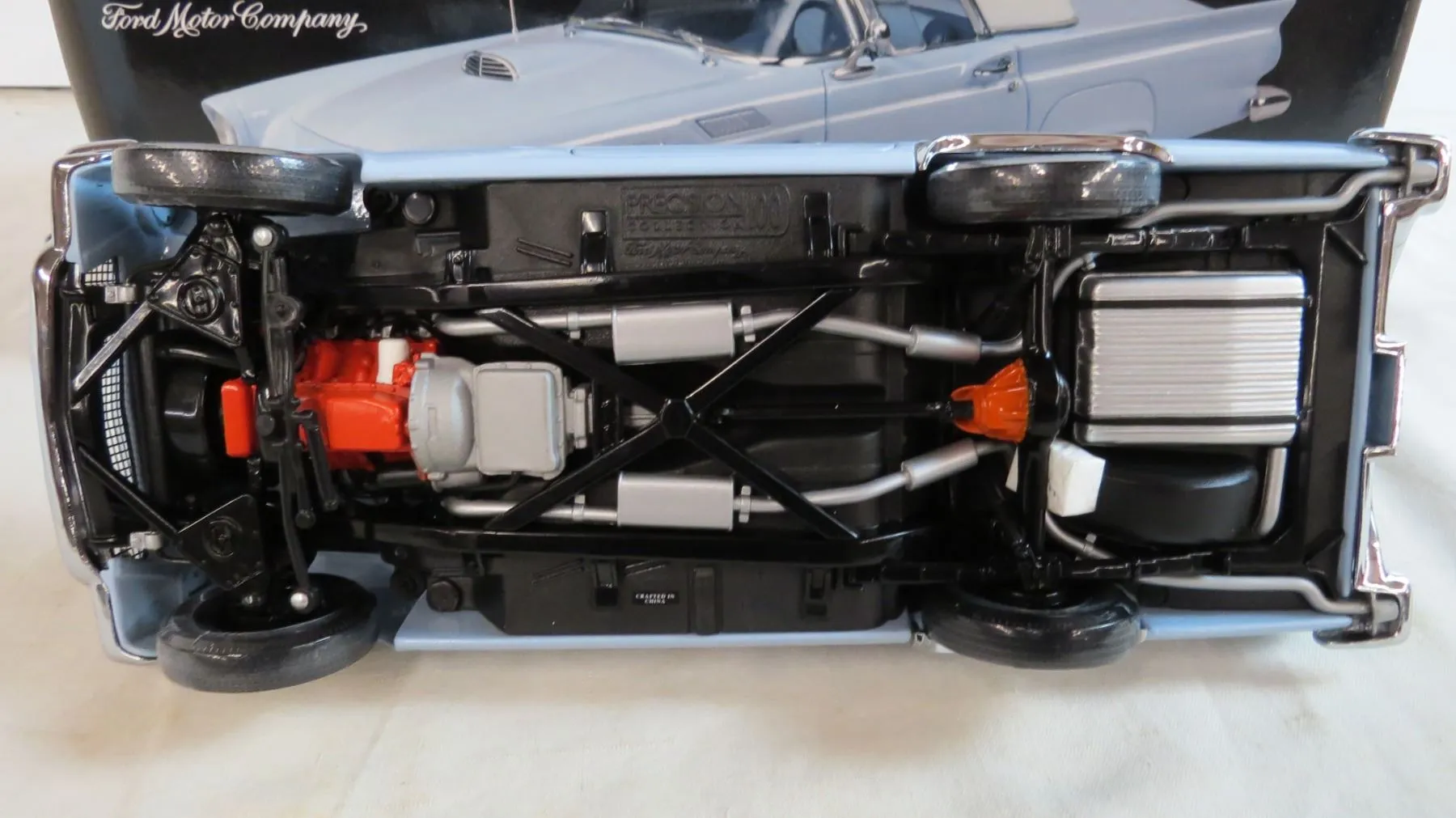
The packaging can indicate the care the seller has taken and provides clues about the model’s condition. Check the box for any signs of damage, such as dents, tears, or discoloration. Make sure the model is securely packaged within the box to prevent movement during shipping. If buying online, ask the seller for photos of the packaging. Original packaging often increases the model’s value, especially for limited editions or rare models. The packaging can also give you information about the model, such as its manufacturer, scale, and any special features. Proper packaging ensures that the model will arrive in the same condition as when it left the seller’s hands. Well-maintained packaging adds to the overall presentation of the model, both on display and for storage.
Compare Prices
Before making a purchase, compare prices from different sources, including online retailers, specialty shops, and auction sites. Price comparison is crucial to ensuring you get a fair deal and avoid overpaying. Look for models from multiple sellers, taking into account the model’s condition, rarity, and seller reputation. Be aware of shipping costs, taxes, and any other additional charges that may affect the final price. Research the average market value of the model to determine a reasonable price range. If a price seems too good to be true, it may be a sign of a problem. Use price comparison tools and websites to streamline the process. Regularly monitor prices to track the model’s price trends.
Read Reviews
Reading reviews from other collectors can provide valuable insights into the quality, accuracy, and overall value of the model. Search for reviews on online forums, collecting websites, and social media groups. Pay attention to reviews that mention specific details, such as paint quality, build accuracy, and any known flaws. Look for consistent feedback from multiple sources to gauge the general consensus on the model. Reviews can help you avoid models with known issues or defects. They can also provide insights into the model’s value and its performance. Understand both the pros and cons of the model. This helps you assess whether it meets your expectations. Also, read reviews that are objective and unbiased.
Consider Future Value
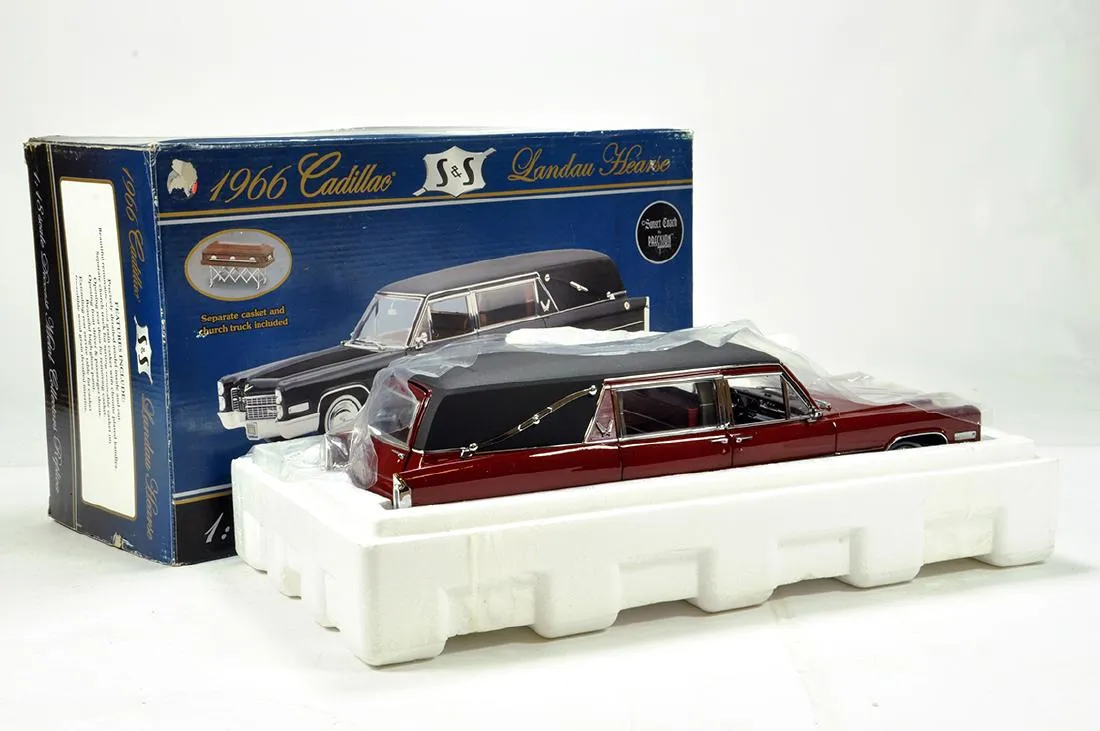
While collecting precision diecast models can be a rewarding hobby, it can also be an investment. When making a purchase, consider the model’s potential for appreciation in value. Limited-edition models, those from well-known brands, and models of rare or iconic vehicles are more likely to increase in value over time. Research the model’s rarity and demand. Pay attention to the market trends. Models of popular vehicles or those from sought-after eras often hold their value well. Consider the model’s condition, as mint-condition models are more valuable. Store and display your models in a way that preserves their value. Consider the long-term investment value of your collection. A well-curated collection of precision diecast models can become a valuable asset. The value of a precision diecast can appreciate over time.
Where to Buy Precision Diecast Models
Several avenues are available to purchase precision diecast models, each with its advantages and considerations. The best place to buy depends on your preferences, budget, and the specific models you are seeking. Exploring all options is important to maximize your collecting experience and find the best deals. Consider convenience, selection, and the level of expertise offered by each source.
Online Retailers
Online retailers offer a vast selection of precision diecast models, making it easy to find specific models and compare prices. Major online marketplaces, such as Amazon and eBay, offer a wide range of options. Specialized diecast model retailers also provide a curated selection, often with detailed product descriptions and expert advice. Look for retailers with positive customer reviews and secure payment options. Be sure to read the seller’s policies regarding returns and warranties. Take advantage of online tools to compare prices. Be cautious of prices that seem too good to be true. The benefit is convenience and selection.
Specialty Shops
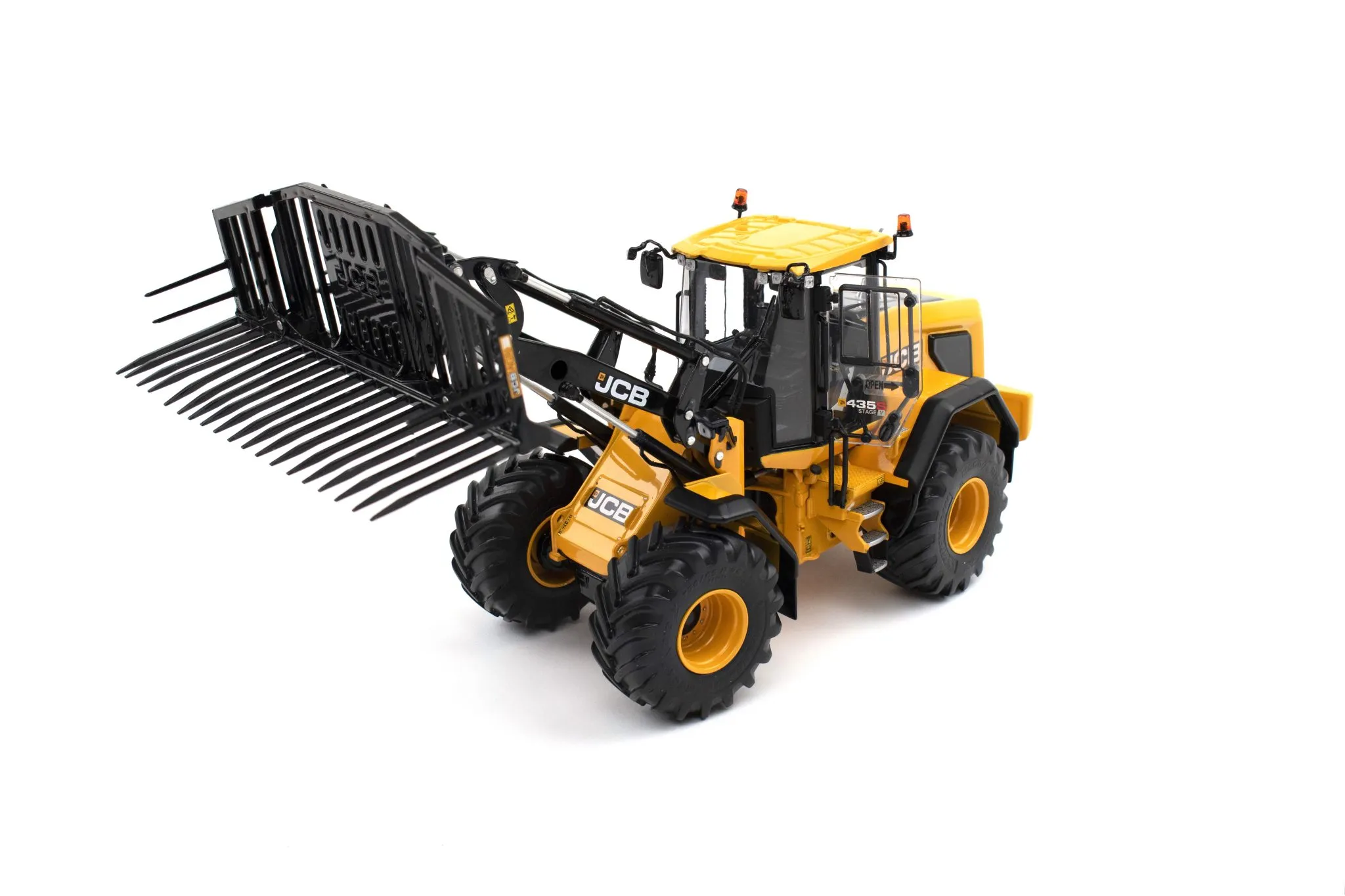
Specialty shops offer a more personalized shopping experience and the expertise of knowledgeable staff. These shops often carry a carefully curated selection of models, with a focus on quality and rarity. The staff can provide valuable advice and insights to collectors. Specialty shops offer the opportunity to examine the models in person. This allows you to assess their quality and detail before making a purchase. They may also offer exclusive models or limited editions. Local shops often build a strong sense of community among collectors. They may also have special events or promotions. The ability to view the models in person makes specialty shops a great option.
Auctions and Collectors Fairs
Auctions and collectors fairs offer a unique opportunity to find rare and vintage diecast models. Auctions can be in-person or online. Collectors fairs bring together sellers from different locations. Both offer the potential for finding unique models at competitive prices. Research the seller’s reputation before bidding or making a purchase. Set a budget and stick to it. Before bidding, inspect the model for any flaws or damage. Always be aware of the potential risks and costs associated with auctions, such as seller’s fees and shipping costs. Attending collectors fairs is a fantastic way to meet other collectors. Always conduct thorough research to ensure you are getting a fair deal.
Maintaining and Caring for Your Models
Proper maintenance and care are essential to preserve the condition and value of your precision diecast models. Regular cleaning, safe storage practices, and thoughtful display methods contribute to their longevity and aesthetic appeal. By following these guidelines, you can keep your models in pristine condition, safeguarding them from damage and preserving their value for years to come. Investing a little time in their care ensures that your models will remain enjoyable to view and collect.
Cleaning and Dusting
Regular cleaning and dusting will prevent the buildup of dirt and grime, protecting the model’s paint finish and details. Use a soft, dry cloth or a microfiber cloth to gently wipe the models. Avoid using harsh chemicals or abrasive cleaners that can damage the paint. Compressed air can be used to remove dust from hard-to-reach areas. For more thorough cleaning, a mild solution of soap and water may be used, but always test it in an inconspicuous area first. Make sure the model is completely dry before returning it to its display or storage location. Cleaning should be done on a regular basis to prevent dust accumulation. Avoid direct sunlight or high-humidity environments when cleaning.
Safe Storage Practices
Proper storage protects your models from damage and preserves their condition. Store your models in a cool, dry place away from direct sunlight and extreme temperatures. Direct sunlight can cause fading and discoloration, while extreme temperatures can damage the model’s components. Use the original boxes or display cases to protect the models. Consider using archival-quality storage boxes and packing materials for added protection. Avoid stacking models on top of each other, as this can cause scratches or damage. Store your models in a way that allows for easy access and inspection. Regular inspection of the models is useful. If you live in a high-humidity area, consider using a dehumidifier to prevent moisture damage.
Displaying Your Collection
Careful display is an essential part of collecting precision diecast models. Choose a display location that is away from direct sunlight, heat sources, and high-traffic areas. Consider using display cases, shelves, or shadow boxes to protect your models from dust and damage. Arrange your models in an aesthetically pleasing manner. Group them by brand, vehicle type, or scale. You can add background elements like miniature dioramas. Display your models where they can be easily seen and appreciated. Regularly rotate the models on display to keep the collection fresh and interesting. Ensure that the models are securely positioned to prevent accidental falls. This will allow you to fully enjoy and showcase your collection. This will also provide a safe display environment.
